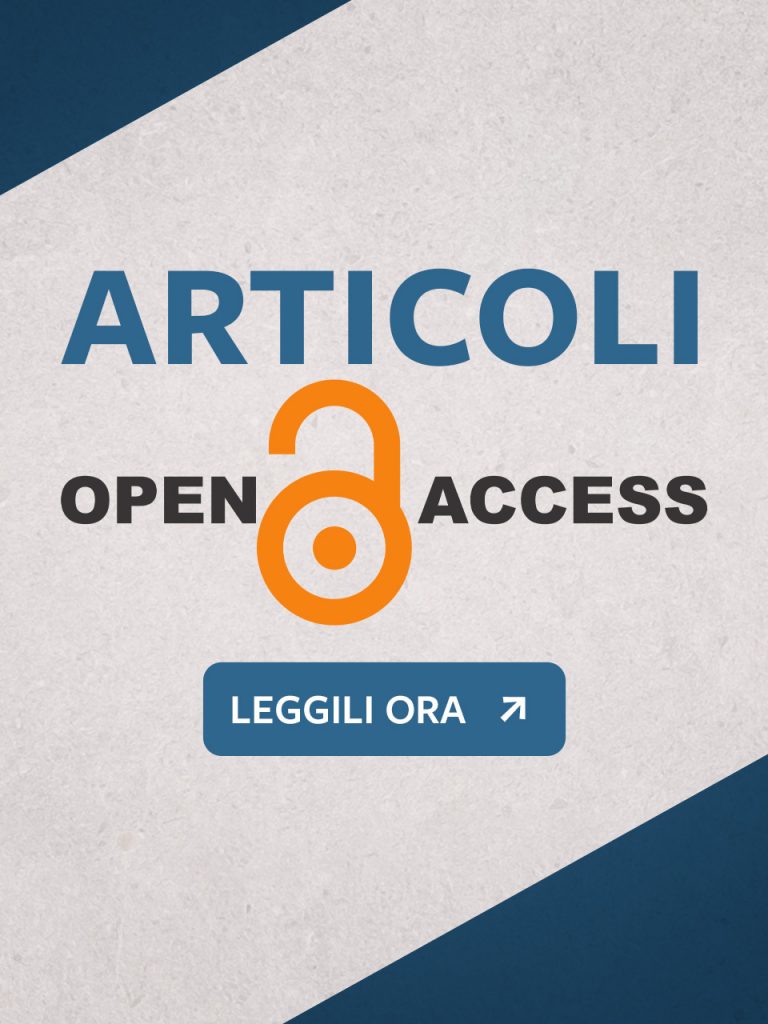Distance: a Limit or a Resource?
Claudio Paloscia, Alice Papa, Claudia Cipolla, Martina Sechi, Bruno Spinetoli
The Covid-19 pandemic and the subsequent lockdown led to important changes in the clinical practice of rehabilitation teams. The article describes adaptation to remote modalities of speech therapy intervention and neuromotor intervention on a girl aged 5 years and 9 months with complex communication needs and dystonic quadriparesis associated with an ANO3 mutation (Het. p.Val561Leu, c1681 G>T). The salient clinical data for the presentation of the case and the initial assessments corresponding to the functional profile of the child at the time of starting the therapies remotely are summarised. The authors describe general and specific treatment goals, strategies, tools, examples of proposed activities and characteristics of the intervention, which was structured and adapted on an ongoing basis due to the particular conditions determined by the forced isolation experienced by the user, her family members and operators. Although the therapists observed excellent family compliance, the follow-ups relating to the two rehabilitation areas showed qualitatively different outcomes. The speech therapy intervention was able to exploit a working method which was better inserted in the ecological context, and characterised by frequent contacts and monitoring, while the neuro-psychomotor therapy found a significant limit in the impossibility of working face to face with the subject. These results led to several pathways in the post-emergency phase: maintaining speech therapy remotely and restarting face-to-face neuromotor treatment.
Keywords
Covid-19, Dystonic quadriparesis, Augmentative and Alternative Communication, Remote therapy, ANO3.

